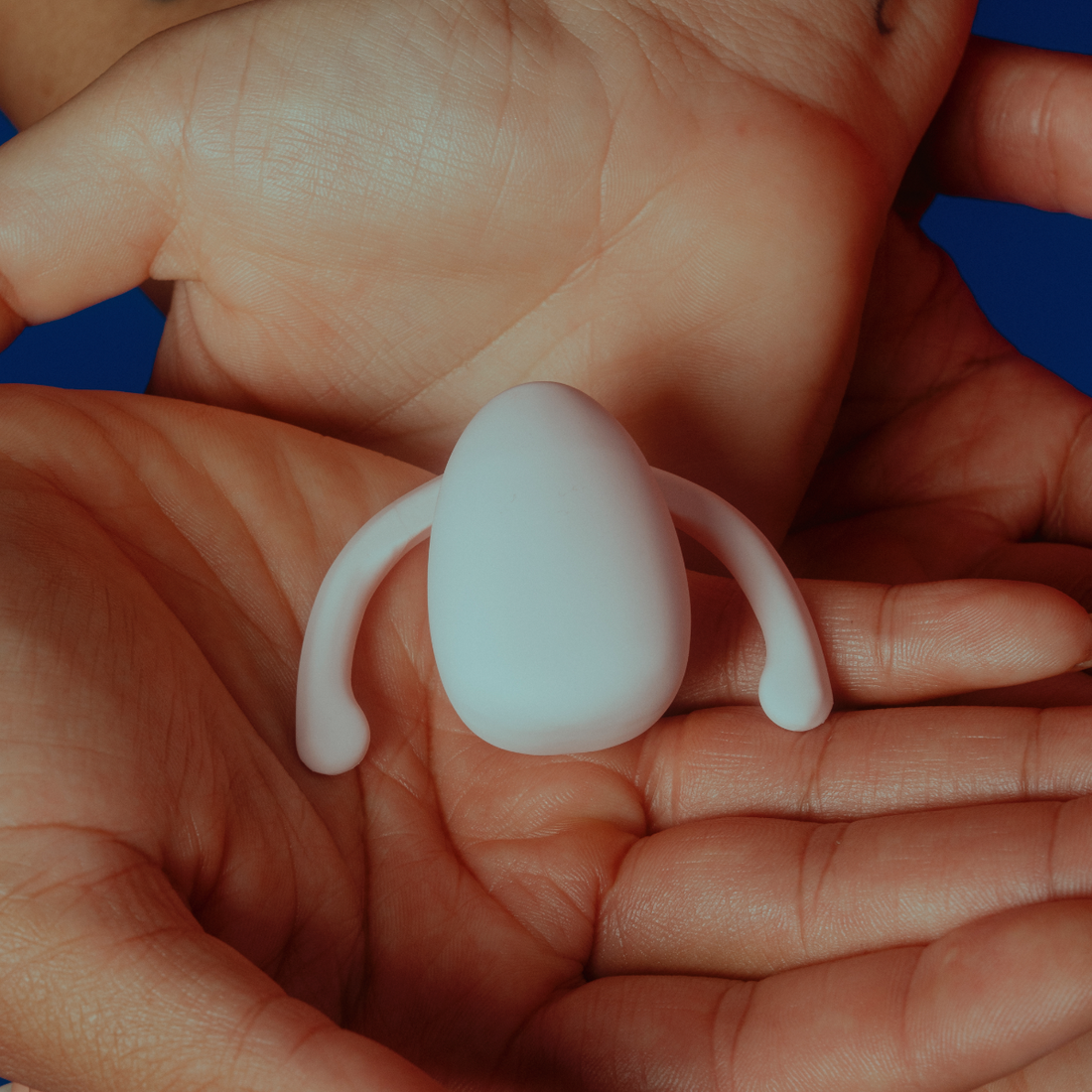Find Your “Why” to Open Up
For clients who are looking to practice opening up more, whether to their family or partner, it’s first helpful to find their "why." Goal-setting is critical in achieving any goal, especially one that requires a lot of effort and discomfort from you. And goals have to be meaningful for us to achieve them. Finding out your "why" is critical because when the road to your goal gets inevitably bumpy, doubts and insecurities will creep in. You will be challenged by your natural human impulse to avoid pain and psychological injury. Your "why" can help you remember that all the discomfort and challenges you’re facing are worth it. For most people, learning to be more vulnerable and truly open up is about being able to create more fulfilling, satisfying relationships. It’s about developing intimacy and building on the foundation of your existing connection. Opening up is about taking the risk of truly being seen in order to get the support and care that you need to feel satisfied and secure in your partnership. These are compelling reasons to challenge yourself to open up to your partner, especially if you’re in it for the long haul.Explore Your Relationship With Vulnerability
Whether we like to admit or not, many of us have a challenging relationship with vulnerability. It’s something I find myself consistently working on with clients in therapy. After all, therapy is a safe, non-judgmental space where the foundational process of healing is working on sharing and being vulnerable about your life. Therapy can set the stage to extend that practice outward, improving relationships in real life along the way.Under the guise of rearing “appropriate” children who will succeed socially, we’ve learned to mute our emotional selves.For each of us, it’s important that we explore our history and relationship with vulnerability and emotional expression. By understanding that relationship with our emotional selves we can gain insight, identify barriers to sharing, and plan to take the risk to be more vulnerable. Some examples of reflection questions may include:
- How comfortable am I with sharing my emotions?
- Do I spend enough time checking in with myself to really know what I’m feeling?
- Do I self-gaslight or minimize my own pain and discomfort?
- What makes it difficult to share my honest feelings with others?
The Five Love Languages and Routes to Safety
It may not seem like it, but beginning to open up to your partner can actually be simple. You don’t have to start by divulging your deepest fears or concerns. It’s wise to start small. One of the ways that you can practice this is by exploring your love languages.Being able to identify the core routes to safety can help you communicate your needs to your partner.As a therapist, one of the things I find most helpful in supporting clients who have a difficult time expressing themselves, is providing some structure via a worksheet or quiz that is meant to cultivate conversation and exploration naturally. One great example of this is the 5 Love Languages quiz. If you’re not familiar, this philosophy was created by Dr. Gary Chapman in his bestselling book The 5 Love Languages. The theory operates from the idea that in order to feel loved and secure in relationships, we need to understand how our partner best receives and understands love. We need to understand their love languages. Do they appreciate gifts or prefer acts of service? Would they rather have your quality time and physical touch or do they do best with words of affirmation? Understanding your partner’s path to feeling love, and your own, is a great act in vulnerability. The quiz can help you both start a conversation about when you feel the most loved and what doesn’t work quite as well. This can help break the ice and start a new normal of sharing open feedback in your relationship. Therapist Jake Ernst, MSW RSW builds upon the love languages framework by introducing the “Routes to Safety” model. This framework encourages people to explore, not only what makes them feel loved but what makes them feel safe in relationships, which helps build further connection and intimacy. It’s a trauma-informed approach that helps you to understand what it takes both you, and your partner, to feel self and regulated in times of distress. Being able to identify the core routes to safety can help you communicate your needs to your partner and invite them into supporting your process. It’s another avenue to be more fully seen and ultimately that’s what vulnerability is all about. Opening up to your partner and being vulnerable means taking the risk of being truly seen. This is very scary territory. However, deep and meaningful connection can’t be accessed without that risk. By spending time with yourself reflecting (through journaling, meditation, therapy, etc.) and using resources to explore your needs you will be more adept at being your vulnerable self with your partner. Remember to be patient with yourself as most of us have emotional baggage to work through in order to feel safe enough to share, but start small and keep practicing. You and your relationship will reap the benefits many times over. Dame is now offering workshops! Learn more here, and sign up for Jor-El's course on couples' communication here.











































